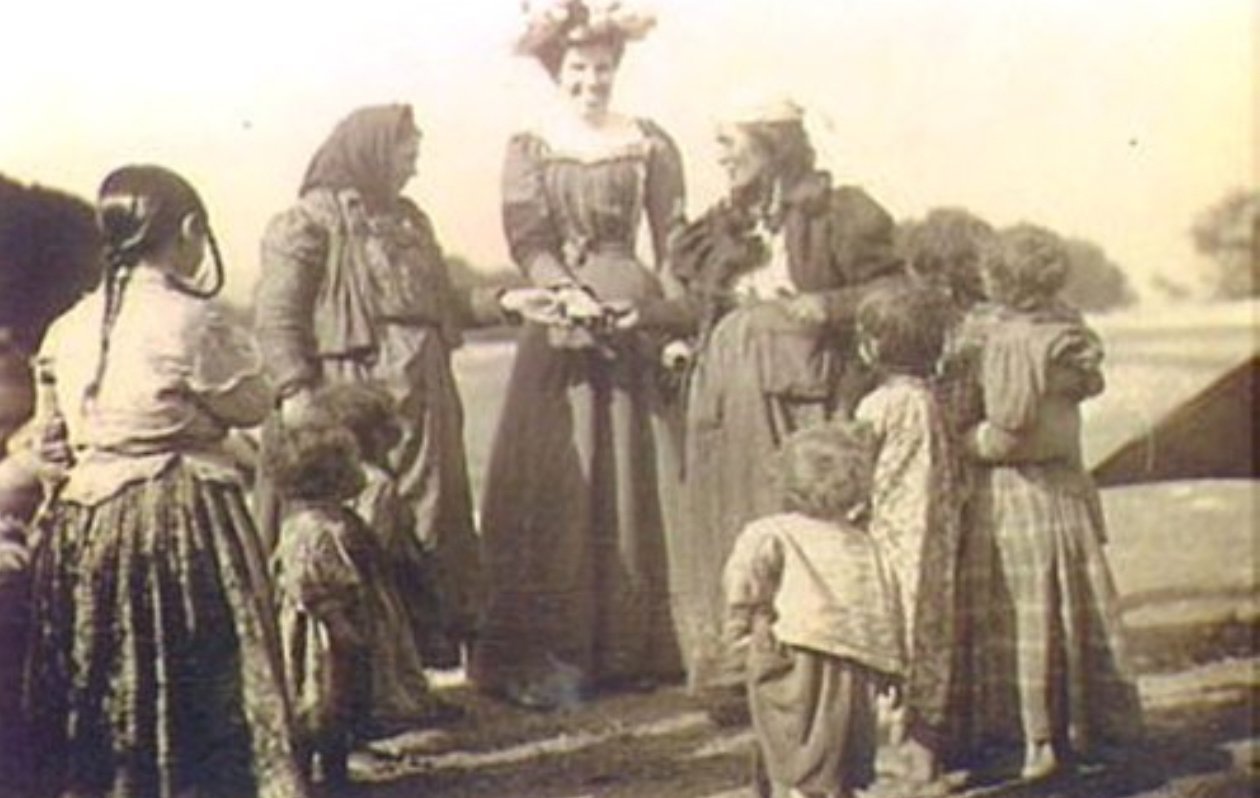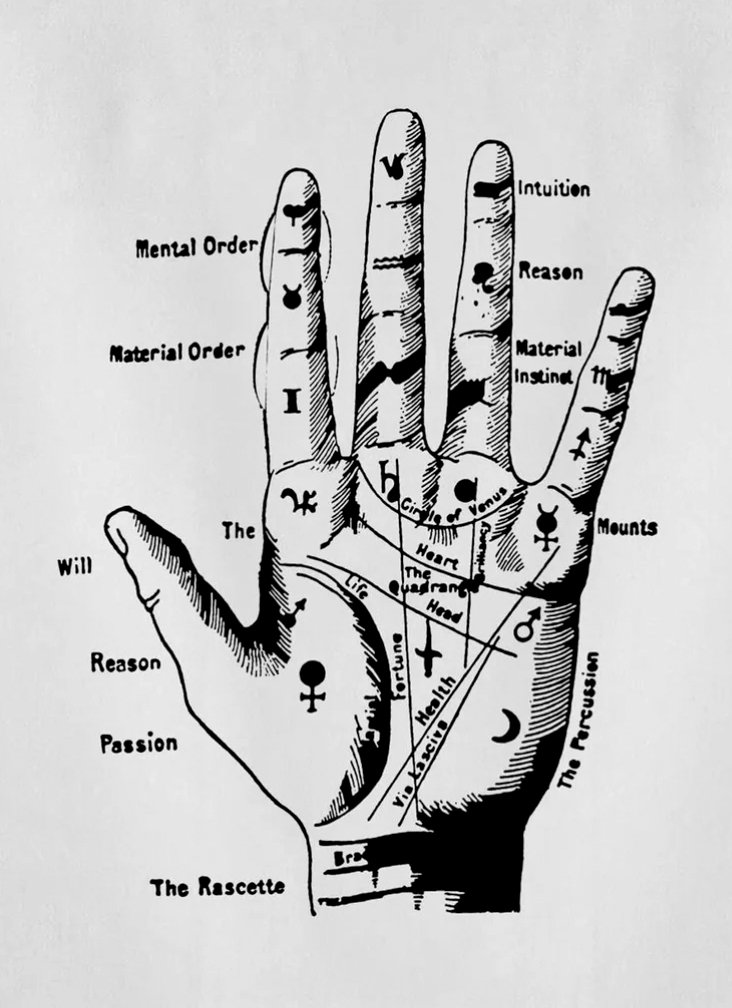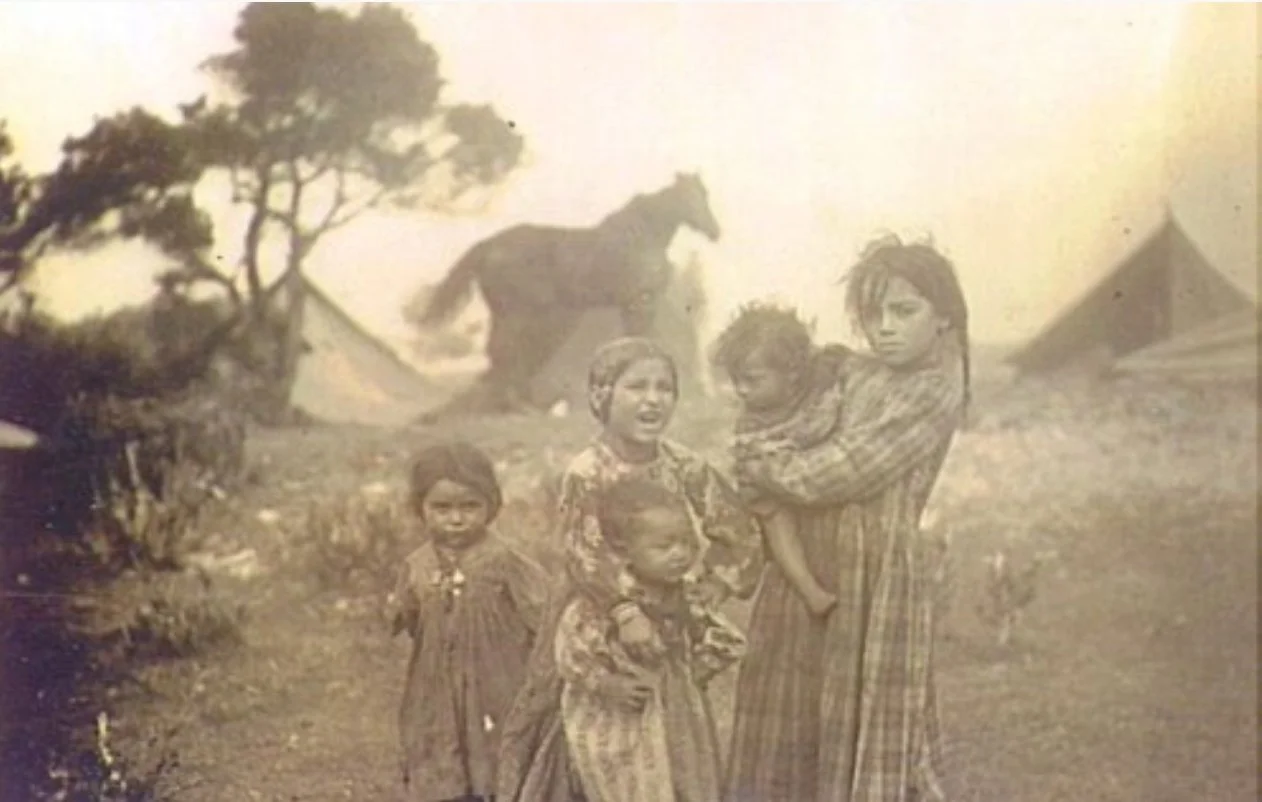Bondi’s Gypsies



Bondi’s Gypsies
Historian B. T. Dowd, author of The History of the Waverley Municipal District (1859-1959) claims that a Gypsy camp existed at Bondi from the late 19th Century to the early 20th Century:
“Here they did a thriving business, selling various kinds of goods and in telling fortunes. There appeared to be some people from Argentine and Mexico amongst them. The women wore a bright garb with much decoration in gold and silver ornamentation. Though living in tents and wagons they seemed to have plenty of money, goods and jewellery. With the party there were a number of children – very precocious – many asking if they would be allowed to read palms. The camp created a good deal of public attention while at Bondi.”
A woman could have her fortune told by Bondi gypsy women in the sand hills near Blair Street, Bondi circa 1899. But who were Bondi’s Gypsies? Often described as being Romanies, or of Romany descent who traditionally live by seasonal work and fortune telling and are found across the world. Dowd also describes the Gypsies as being “Greek” while another early historian, Major W. Johnston, describes the Gypsies as “Spanish”, they could also be early Lebanese hawkers who were a common sight in the streets of Sydney at this time. Or, they could really be Romany Gypsies.
In 1904 a law was passed that outlawed the telling of fortunes and palmistry. This from the Barrier Miner on Wednesday 9 November 1904:
“The iron fist of the law has come down with a thud of disapproval of palmists and fortune tellers, not only in Australia but in the Old World.“
There’s merch! See HERE.
________________
Archival photos courtesy Waverley Library Local History Image Collection




